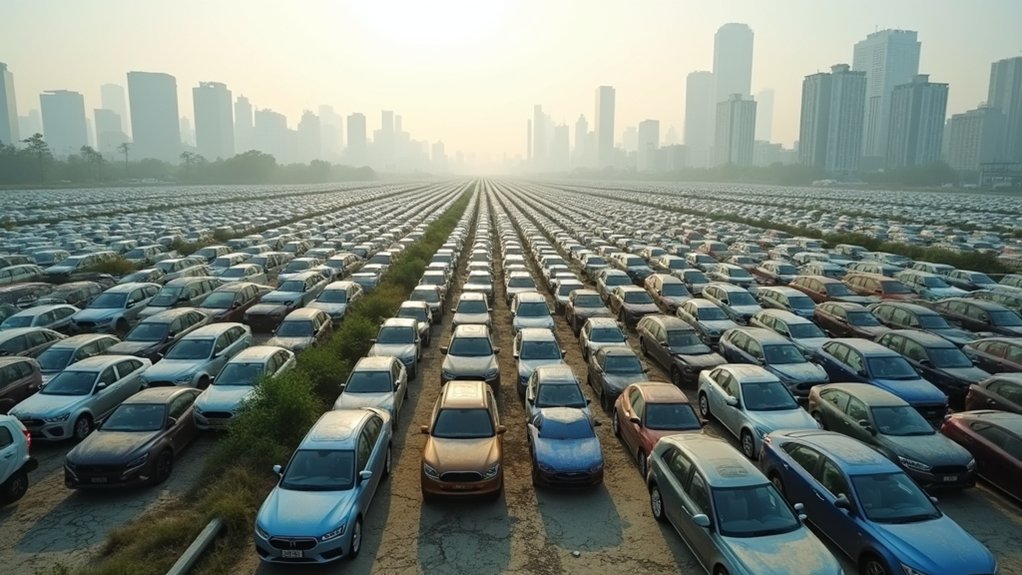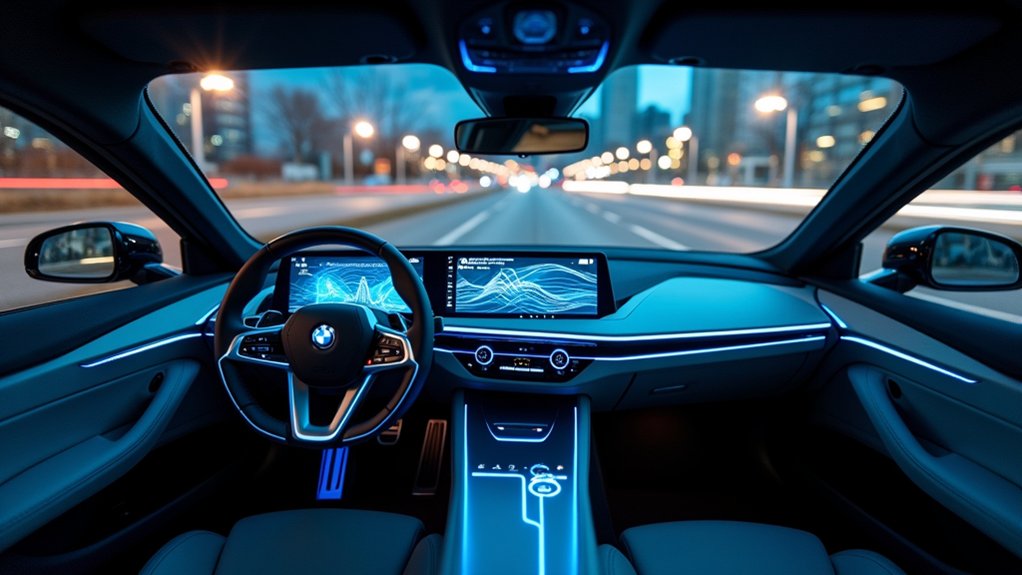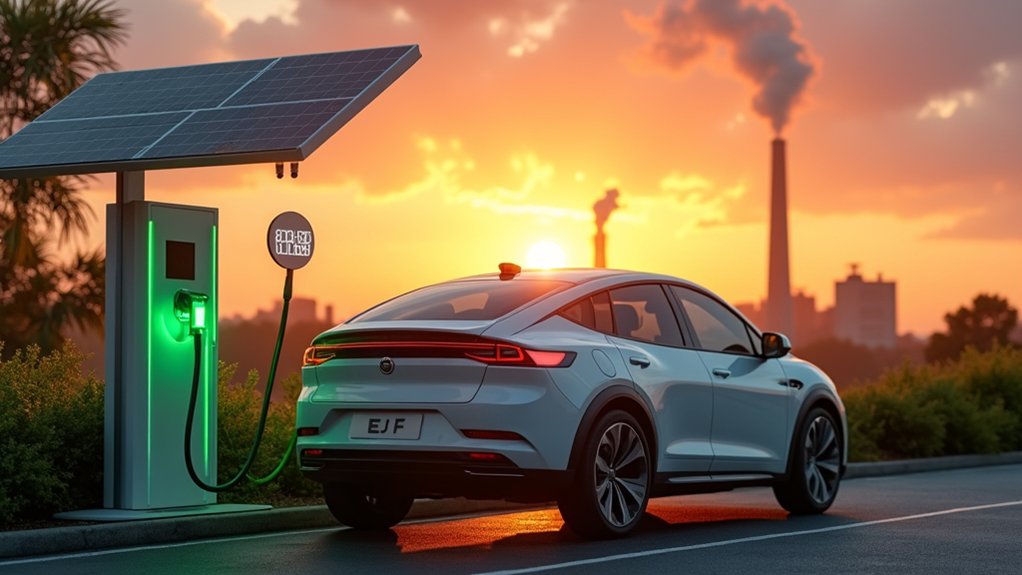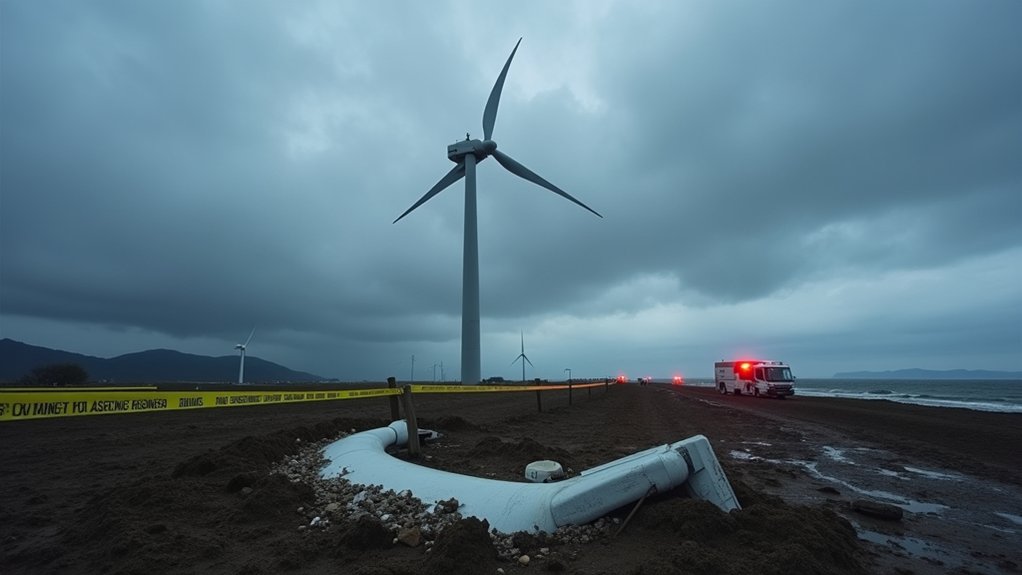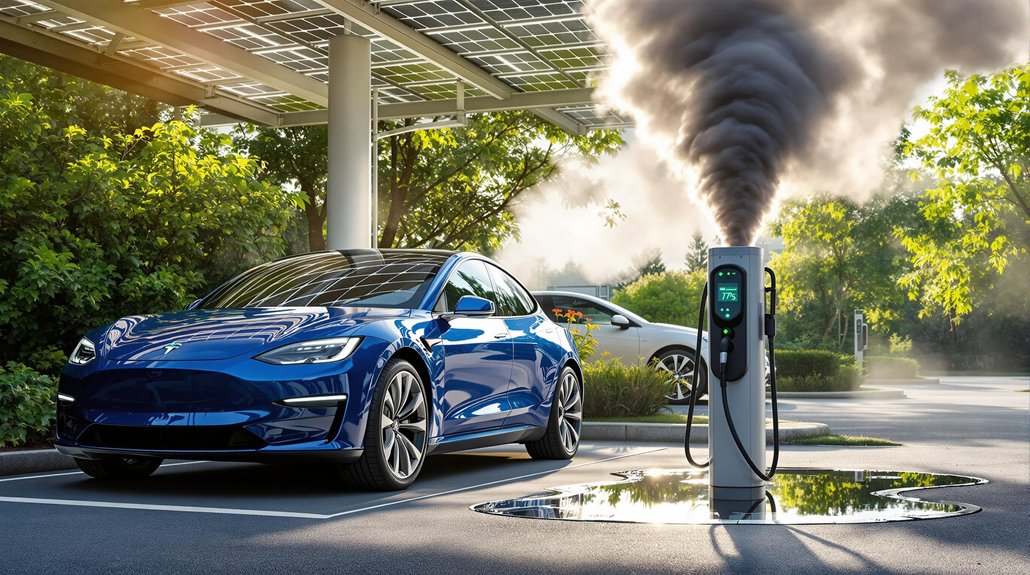Vast fields of abandoned electric vehicles, stretching as far as the eye can see, have become an unexpected feature of China’s urban periphery. In at least half a dozen cities including Hangzhou, Shenzhen, and Beijing, thousands of EVs sit weathering in the elements—silent monuments to a rapid expansion that outpaced sustainability. The scale is staggering: some sites contain tens of thousands of vehicles, creating surreal landscapes that have sparked global attention and, occasionally, misinformation.
The origins of these electric graveyards reveal complex market dynamics. When car-sharing startups collapsed under fierce competition, entire fleets became orphaned assets. Many of these images have been repeatedly utilized by foreign media to craft misleading narratives about China’s NEV industry being wasteful. Low-quality vehicles with limited range—often under 100 miles per charge—proved economically impractical to maintain. Battery replacement costs, typically 40% of the vehicle’s original price, rendered many models financially totaled at the first sign of power system failure. The phenomenon eerily mirrors the bicycle graveyards from 2018 when similar rapid expansion led to urban waste issues.
The economic aftershock of EV failures—where battery replacement costs totaling 40% of purchase price transform minor issues into terminal diagnoses.
Government policy played a pivotal role in this phenomenon. Generous subsidies initially accelerated EV adoption and encouraged numerous startups to enter the market. This created a perfect storm: inexpensive procurement for ride-hailing companies, oversupply of vehicles, and subsequent quality compromises. The BAIC BJEV EC3 and Neta V models appear frequently among the abandoned, casualties of this unsustainable growth trajectory. The absence of smart charging technologies that optimize charging schedules and integrate with renewable energy sources further contributed to the inefficiency of these early EV models.
The environmental implications are troubling. These graveyards represent potential contamination sources as batteries degrade, contradicting the very green initiatives that spawned the EV revolution. The irony isn’t lost on industry observers—myself included—who’ve tracked China’s meteoric rise in electrification.
Industry stakeholders haven’t remained idle. Recycling initiatives and stricter regulations for ride-sharing operations are emerging, though they’re playing catch-up to an already substantial problem. European lifecycle management models are increasingly referenced as potential blueprints for reform.
China’s electric vehicle graveyards stand as cautionary landscapes—physical manifestations of how even well-intentioned green initiatives require thorough lifecycle planning. Without it, yesterday’s environmental solutions risk becoming tomorrow’s ecological challenges.
